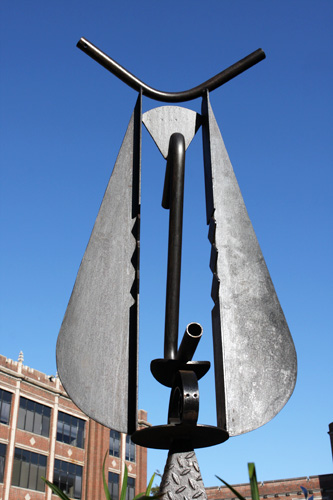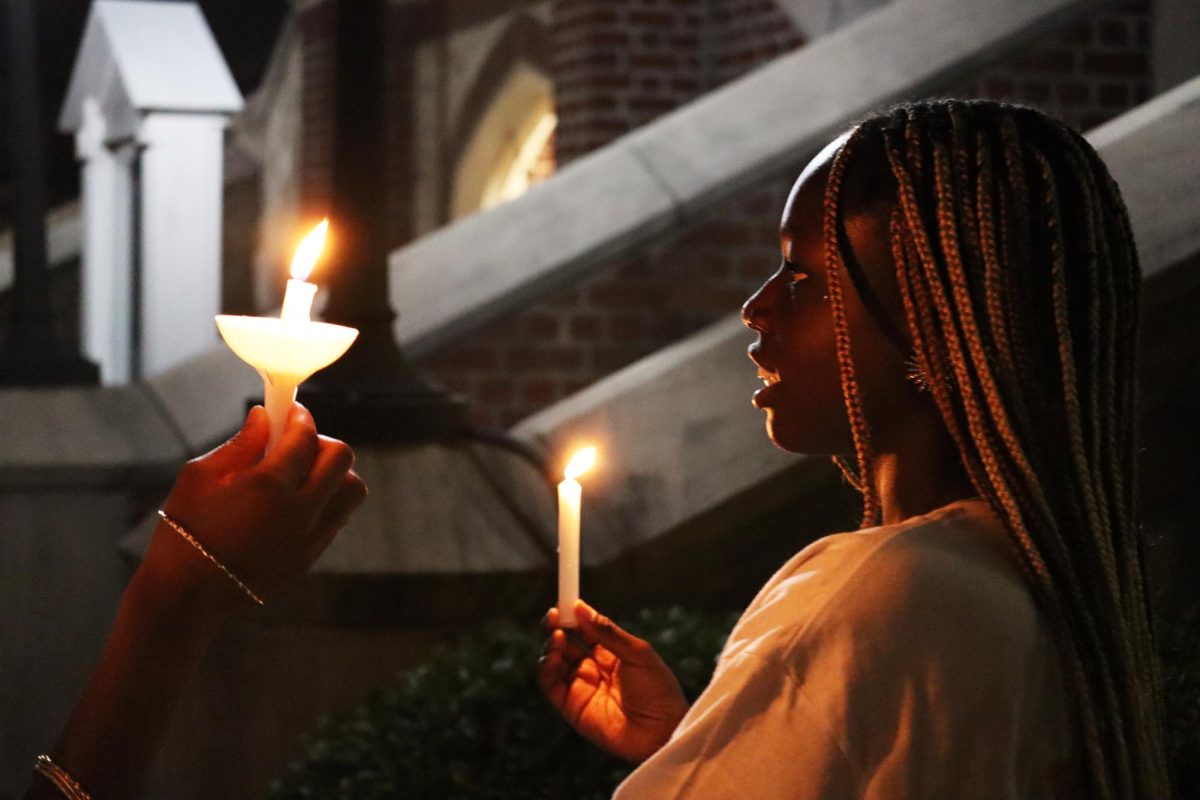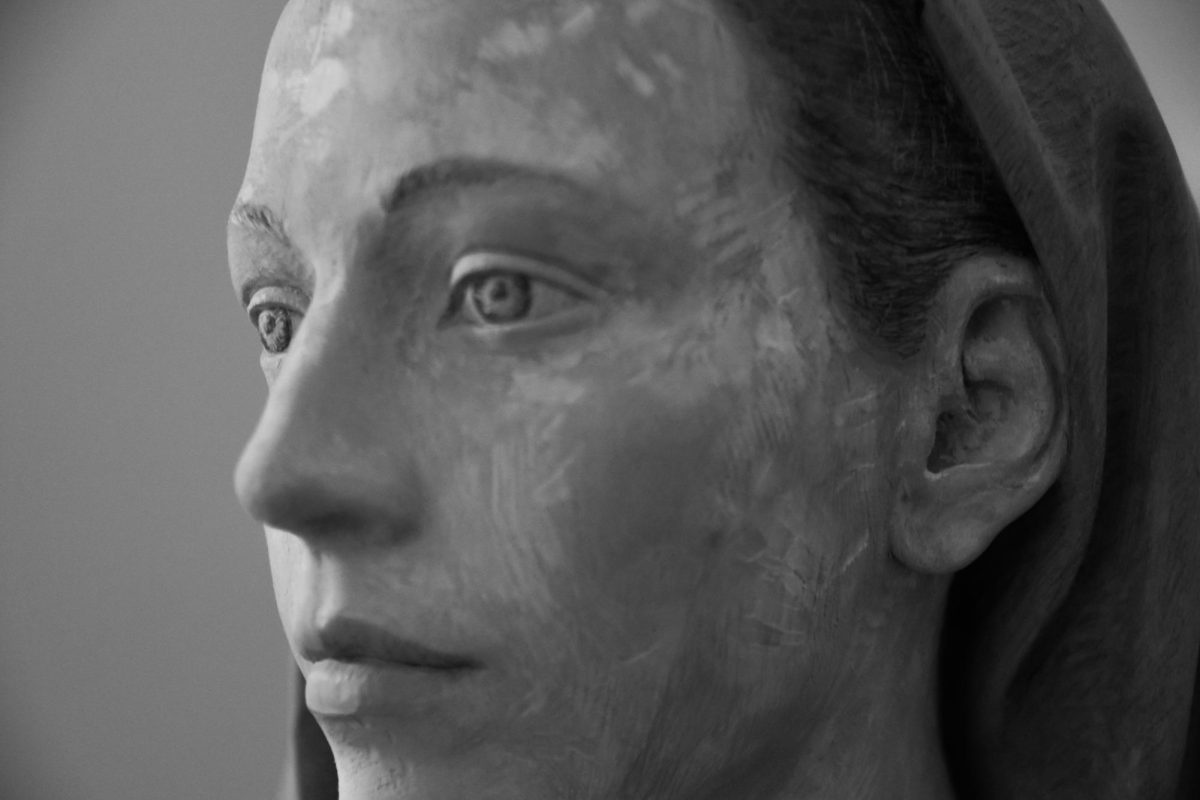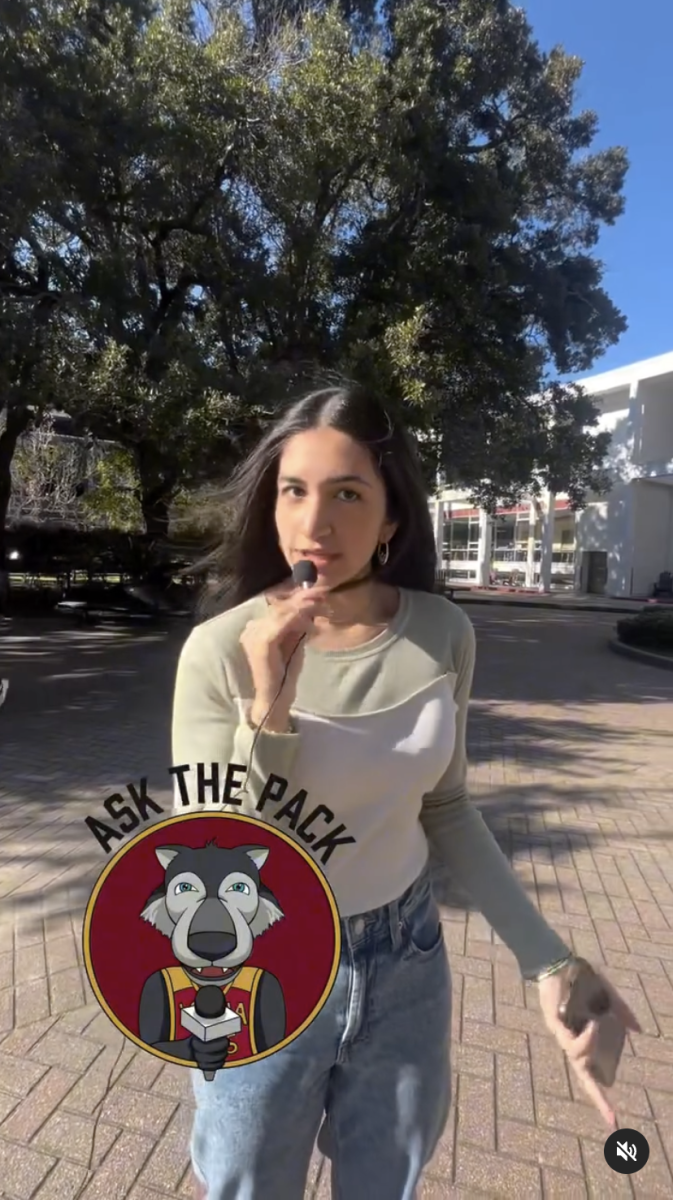Without much of an introduction, “Yellow Cake” appeared next to Bobet Hall earlier this week. Artist Mark Grote’s large yellow sculpture comes in conjunction with Prospect.1, a contemporary art biennial exhibiting pieces from artists around the world at various locations around New Orleans. Loyola has been chosen as one of the official sites for the event.
“It’s not just an art show. It’s a very positive experience about how to rebuild your community,” Karoline Schleh, director of the Collins C. Diboll Art Gallery at Loyola, said.
“Yellow Cake” is just one of the pieces currently on display around campus before the Nov. 1 opening. Other works have been added for the new sculpture garden between Marquette and Bobet Halls. Most of the pieces were donated by the artists themselves or by galleries, like the Arthur Roger Gallery, and will be on display for at least one year.
Three more pieces are being added to the garden in the upcoming week.
“That space is very specific to Loyola. Every artist in there is either important locally or has something to do with the campus community of Loyola and our mission statement,” Schleh said.
So far, the response to the art has been mixed.
“It feels awkward with the architecture of Marquette and Bobet. I think it’d look better in front of the Communications building since it’s more modern,” said Tessa Smith, psychology freshman.
Loyola will also exhibit Dawn DeDaux’s “Steps Home” and Paul Villinski’s “Emergency Response Studio,” as well as an alumni art show called “Recursion” centered in the Danna Center Gallery with pieces also exhibited around the school.
“Steps Home” is a set of three steps that will be placed in front of the Communications/Music complex and will represent the remainder of many homes that washed away during Hurricane Katrina.
A Loyola press release described “Emergency Response Studio” as a FEMA-type trailer transformed into a “mobile artist’s studio designed to enable visual artists to embed in post-disaster settings.” It will be on display in the Peace Quad.
“The Villinski piece is one that we’re super excited about because it’s going to be very interactive for the students,” Schleh said.
“Emergency Response Studio” will be the only official Prospect.1 exhibition on campus. The others are satellite pieces that will run in correspondence with the event.
The sculpture garden, however, is set to become a permanent part of Loyola. Loyola formed a committee two years ago to display more artwork on site, which was brought into fruition this past spring when the first piece was installed. While most of the sculptures are on loan, the school hopes to keep art permanently in the area.
“We hope that eventually a number of the artists who are displaying the pieces will donate the pieces, or a donor will come forward to help us purchase, or we actually may rotate off,” University Provost Ed Kvet said.
For the time being, Kvet is concentrating on the significance that Prospect.1 will have on the university.
“Not only was it important to us to participate in this kind of art event city-wide but also from the standpoint of potential recruitment. They’re predicting 150,000 people will come on campus. That’s people who are from out of town mostly and don’t even know about Loyola. If one or two have a child or a grandchild–who knows?” he said.
Schleh hopes the art will have a positive impact on the students.
“You’re going to be exposed to so many people, artists, work, ideas and materials. It’ll just be fun. It’s like Epcot for art. The whole world is coming,” she said, “You might like something, you might not, but hopefully it’ll get you thinking about it.”
Masako Hirsch can be reached at [email protected].
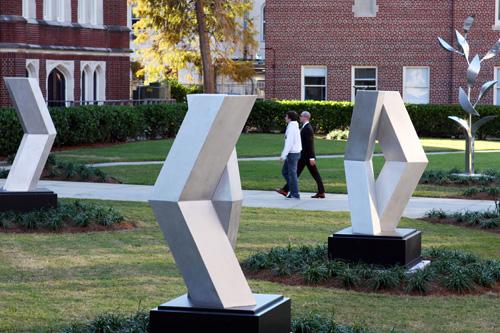
(Steve Heath )
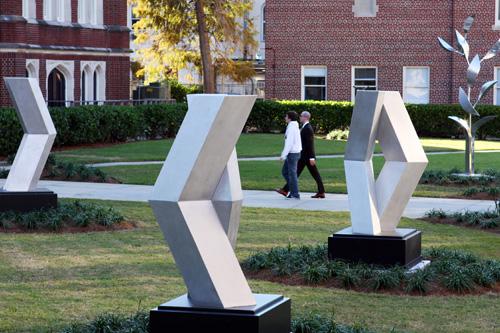
(Steve Heath )


